J. Isamu Yamamoto - Unification Church
Here you can read online J. Isamu Yamamoto - Unification Church full text of the book (entire story) in english for free. Download pdf and epub, get meaning, cover and reviews about this ebook. year: 2016, publisher: Zondervan, genre: Religion. Description of the work, (preface) as well as reviews are available. Best literature library LitArk.com created for fans of good reading and offers a wide selection of genres:
Romance novel
Science fiction
Adventure
Detective
Science
History
Home and family
Prose
Art
Politics
Computer
Non-fiction
Religion
Business
Children
Humor
Choose a favorite category and find really read worthwhile books. Enjoy immersion in the world of imagination, feel the emotions of the characters or learn something new for yourself, make an fascinating discovery.
- Book:Unification Church
- Author:
- Publisher:Zondervan
- Genre:
- Year:2016
- Rating:3 / 5
- Favourites:Add to favourites
- Your mark:
Unification Church: summary, description and annotation
We offer to read an annotation, description, summary or preface (depends on what the author of the book "Unification Church" wrote himself). If you haven't found the necessary information about the book — write in the comments, we will try to find it.
The Unification Church and its founder, Dr. Sun Myung Moon, have been in the center of controversy because of their recruiting practices, their financial holdings, and their authoritarian styleincluding arranged, mass marriages. Most controversial in terms of its teachings in Dr. Moons claim to be a new Messiah who will finish what Jesus left undone. Is he the Messiah, and is his Diving Principle the third testament of the Bible? Why this series? This is an age when countless groups and movements, old and new, mark the religious landscape in our culture, leaving many people confused or uncertain in their search for spiritual truth and meaning. Because few people have the time or opportunity to research these movements fully, these books provide essential information and insights for their spiritual journeys. All books but the summary volume, Truth and Error, contain five sections: -A concise introduction to the group being surveyed -An overview of the groups theology in its own words -Tips for witnessing effectively to members of the group -A bibliography with sources for further study -A comparison chart that shows the essential differences between biblical Christianity and the group -Truth and Error, the last book in the series, consists of parallel doctrinal charts compiled from all the other volumes. -Three distinctives make this series especially useful to readers: -Information is carefully distilled to bring out truly essential points, rather than requiring readers to sift their way through a sea of secondary details. -Information is presented in a clear, easy-to-follow outline form with menu bar running heads. This format greatly assists the reader in quickly locating topics and details of interest. -Each book meets the needs and skill levels of both nontechnical and technical readers, providing an elementary level of refutation and progressing to a more advanced level using arguments based on the biblical text. The writers of these volumes are well qualified to present clear and reliable information and help readers to discern truth from falsehood.
J. Isamu Yamamoto: author's other books
Who wrote Unification Church? Find out the surname, the name of the author of the book and a list of all author's works by series.

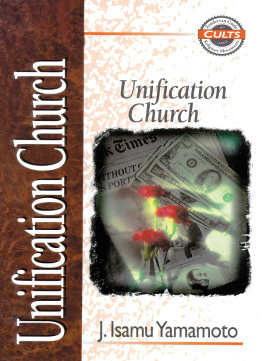


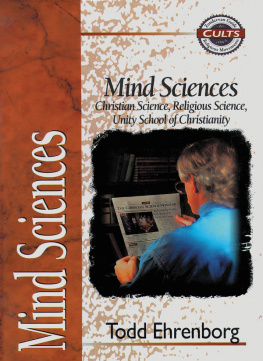
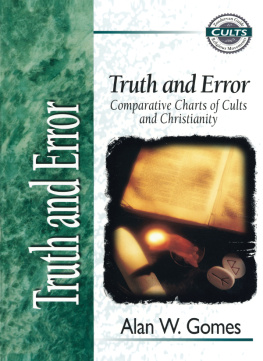

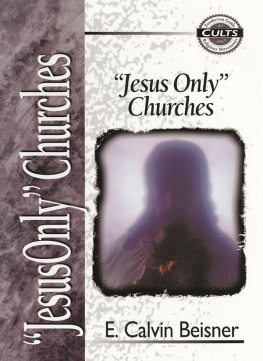
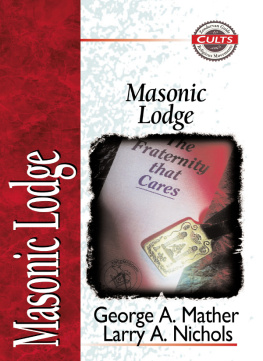
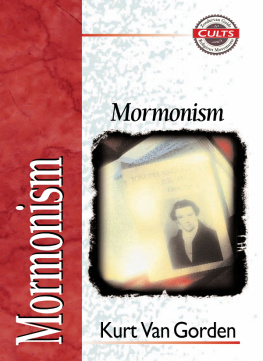
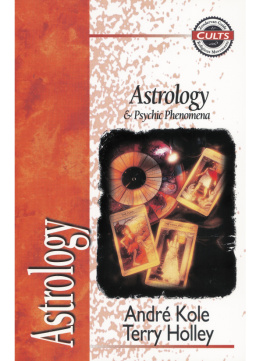
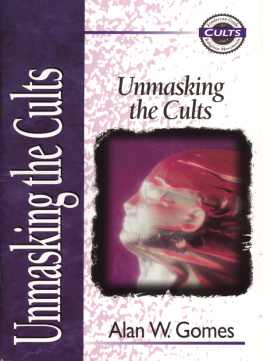




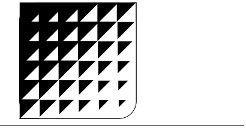
 DP / 10 9 8 7 6 5 4 3 2 1
DP / 10 9 8 7 6 5 4 3 2 1